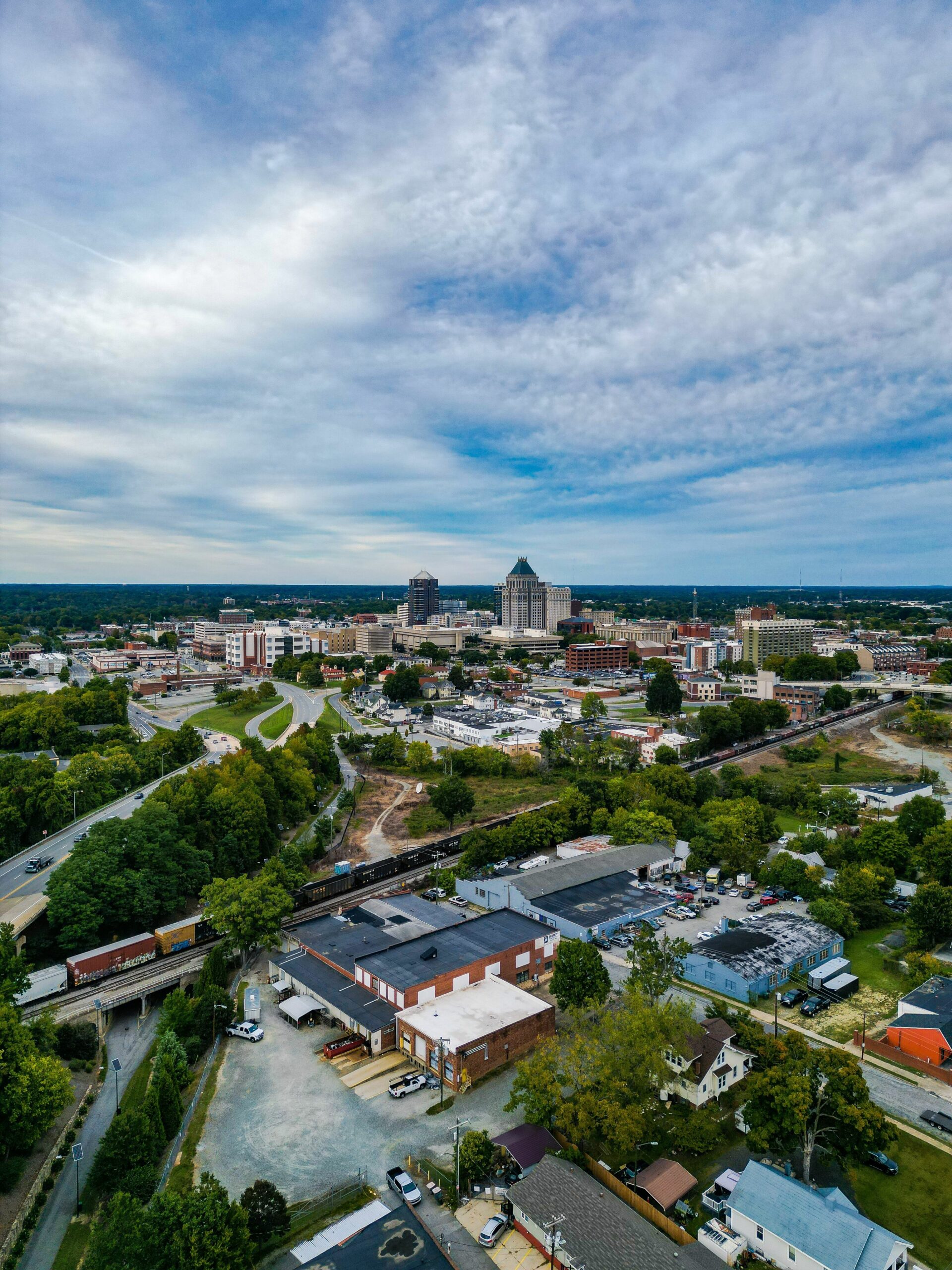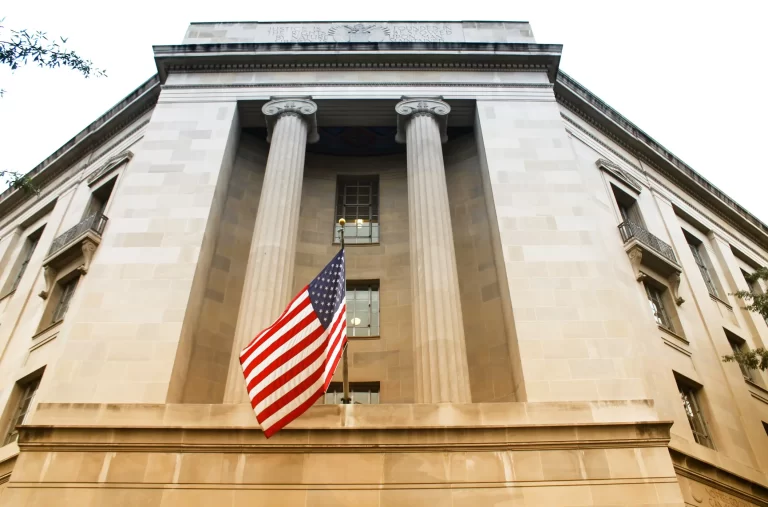(Greensboro News & Record) The Bingham Park Decision and What It Means for Greensboro
The Greensboro City Council recently made a significant decision about how to handle the environmental contamination at Bingham Park, as detailed in an article by the Greensboro News & Record. After much deliberation, the council voted in October 2024, 6-2 to adopt a “cap-and-cover” approach rather than undertaking a full cleanup of the site. While this choice moves the project forward, it leaves many in the community grappling with questions about health, equity, and long-term environmental solutions.
Understanding the Issue
Bingham Park, located off South English Street, has a history of environmental contamination due to its use as an unregulated landfill and trash incineration site from the 1920s to the 1950s. The soil is tainted with heavy metals, including lead and arsenic, posing potential health risks to the surrounding community. For years, residents, community organizations, and city leaders have worked to determine the best way to address this problem.
The council’s decision to pursue the cap-and-cover method, which involves covering the contaminated soil with a geotextile fabric and fresh topsoil, was largely driven by financial considerations. The alternative option of a full cleanup, which would include removing the contaminated soil to a landfill outside Guilford County, carried a price tag between $41 million and $43 million. With only $18 million currently available for the project, the majority of council members felt this less costly method was the only viable option for now.
What This Means for the Community
While the cap-and-cover method addresses immediate health concerns by containing the contamination, it doesn’t resolve the problem at its root. The decision also limits the park’s future use, restricting it to passive recreation like walking trails while barring deeper development, such as playgrounds or other amenities.
The community’s response to the decision has been mixed. Many residents and advocates have expressed disappointment, arguing for a full cleanup to protect public health and ensure environmental justice. Concerns have also been raised about the historical inequities in how resources are allocated to marginalized communities, with some seeing the decision as a Band-Aid on a deep wound.
How to Stay Engaged
This decision underscores the importance of community involvement in advocating for comprehensive, long-term solutions to environmental challenges. Here’s how you can take action today:
- Educate Yourself and Others: Read about the history of Bingham Park and the council’s decision in the full article here. Share what you learn to spark conversations about environmental justice.
- Advocate for Long-Term Solutions: Reach out to local officials to voice your support for continued efforts to fully remediate the park and address environmental health disparities.
- Support Local Organizations: Partner with groups like Greensboro Housing Coalition that are committed to creating equitable, healthy, and sustainable communities. By volunteering, donating, or advocating alongside these organizations, you can help ensure every resident has a safe place to live and thrive.
The path forward for Bingham Park is a reminder of the shared responsibility we have to protect our environment and advocate for community health. Together, we can push for a future where decisions are not only practical but also just and inclusive for everyone.







